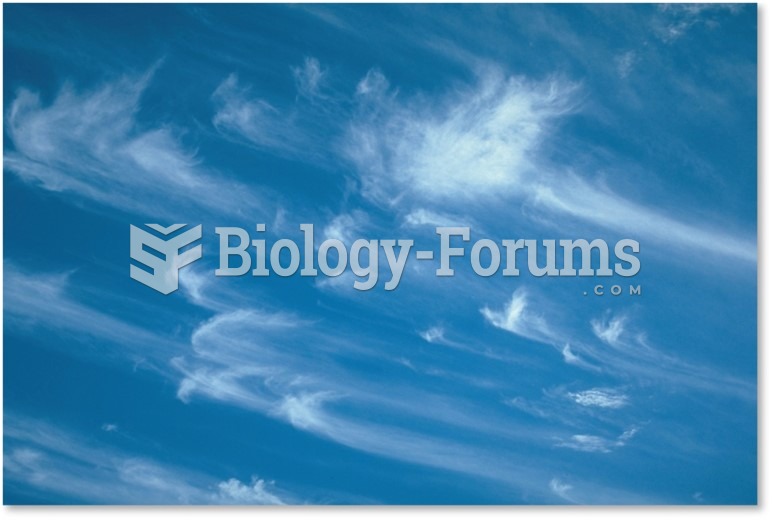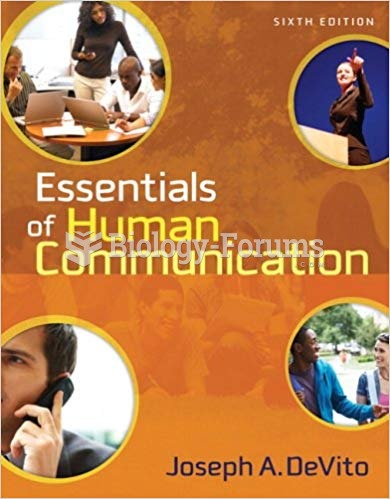Answer to Question 1
As an example of low- versus high-context communication in different situations, consider a researcher presenting current nutritional data on spinach to a group of other professionals. She will probably speak in a relatively monotone voice and use scientific jargon. She will present her points in a sequential manner, support her thesis with examples, and then restate her ideas in the conclusion. She will probably stand erect and limit the expressive use of her hands and face. The message is almost entirely in the content of the words she says. In contrast, this same woman might behave very differently when feeding her reluctant toddler spinach for dinner. She might smile and make yummy sounds as she offers him a spoonful or pretends the spinach is a plane coming in for a landing in his mouth. She might give him a spoonful of meat or potato, then try the spinach again. She might even dance around his high chair a little or hum a few bars of the old cartoon theme song about a sailor who liked spinach. She doesn't try to get him to eat spinach by explaining its nutrient content, as she did at her meeting. The message is non-linear and not dependent on the content of the words she uses. This is not to say that a health care provider should burst out in song when working with a client from a high-context culture. But it does suggest that indirect, expressive approaches may be more effective in some intercultural clinical, educational, or counseling settings. Identification of a culture as either low or high context provides a general framework for communication but may be affected by other situational factors.
Answer to Question 2
The Swiss, Germans, and Scandinavians are examples of low-context cultures. In most Western cultures, messages usually concern ideas presented in a logical, linear sequence. The speaker tries to say what is meant through precise wording, and the content of the language is more objective than personal along the continuum of personal and object messages. This communication style is termed low context because the actual words are more important than who is receiving the message, how the words are said, or the nonverbal actions that accompany them.







